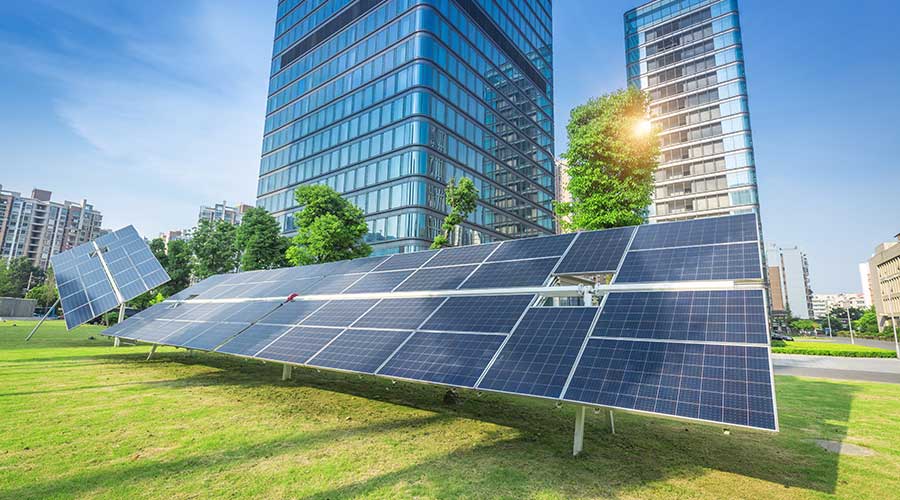In our "Ask the Expert" session on Energy Efficiency," our guest was Gary Williams, Senior Director of Sustainability and Energy Solutions for ESFM. Gary is a trained engineer with more than 25 years of experience.
Energy efficiency is the first step toward achieving net-zero emissions and effective decarbonization. The U.S. Department of Energy considers it the "first fuel," representing about 40 percent of the emissions reduction needed by 2040. Gary emphasized the importance of integrating sustainability into energy efficiency programs to combat climate change, noting that 60 percent of U.S. energy generation in 2023 was from fossil fuels. The prediction is that by 2050, this figure might increase to 66 percent, making it crucial to reduce fossil fuel emissions to mitigate climate change.
Gary advocates for focusing on energy efficiency before investing heavily in renewable energy sources like solar panels. He explains that energy efficiency can significantly reduce energy consumption, thereby lowering CO2 emissions. For example, improving HVAC systems, air leaks, and electrical motors in facilities can lead to substantial energy savings.
For new buildings, Gary recommends pursuing Energy Star certification during the design phase, ensuring the building meets high energy efficiency standards. Existing buildings should undergo an Energy Star benchmarking report to determine their current energy use intensity (EUI). This report compares the building's energy consumption to similar buildings and provides a score. Buildings with a score of 75 or higher qualify for Energy Star certification.
Gary explains that the average commercial building in the U.S. wastes about 40 percent of its energy. During an energy audit, the focus should be on the HVAC systems, as they account for 40-50 percent of a building's energy use. Lighting and hot water systems are also significant energy consumers.
To ensure long-term energy efficiency, Gary suggests creating a prioritized list of energy-saving measures based on factors like payback period, sustainability goals, and environmental considerations. Some measures, like replacing old boilers or adding cool roofs, may require significant planning and investment but can offer substantial savings over time.
Log in or join fnPrime today to watch the archive.





